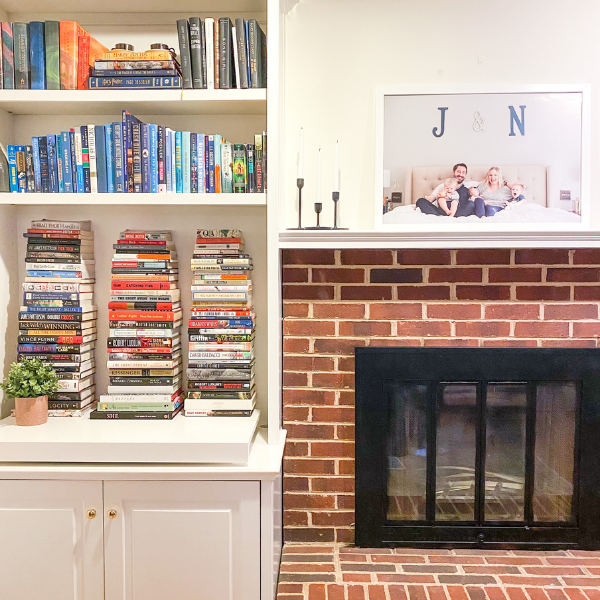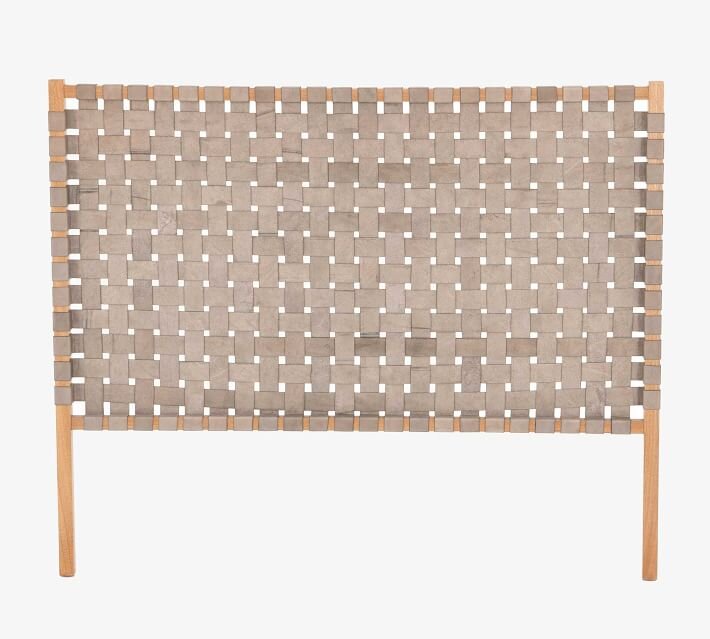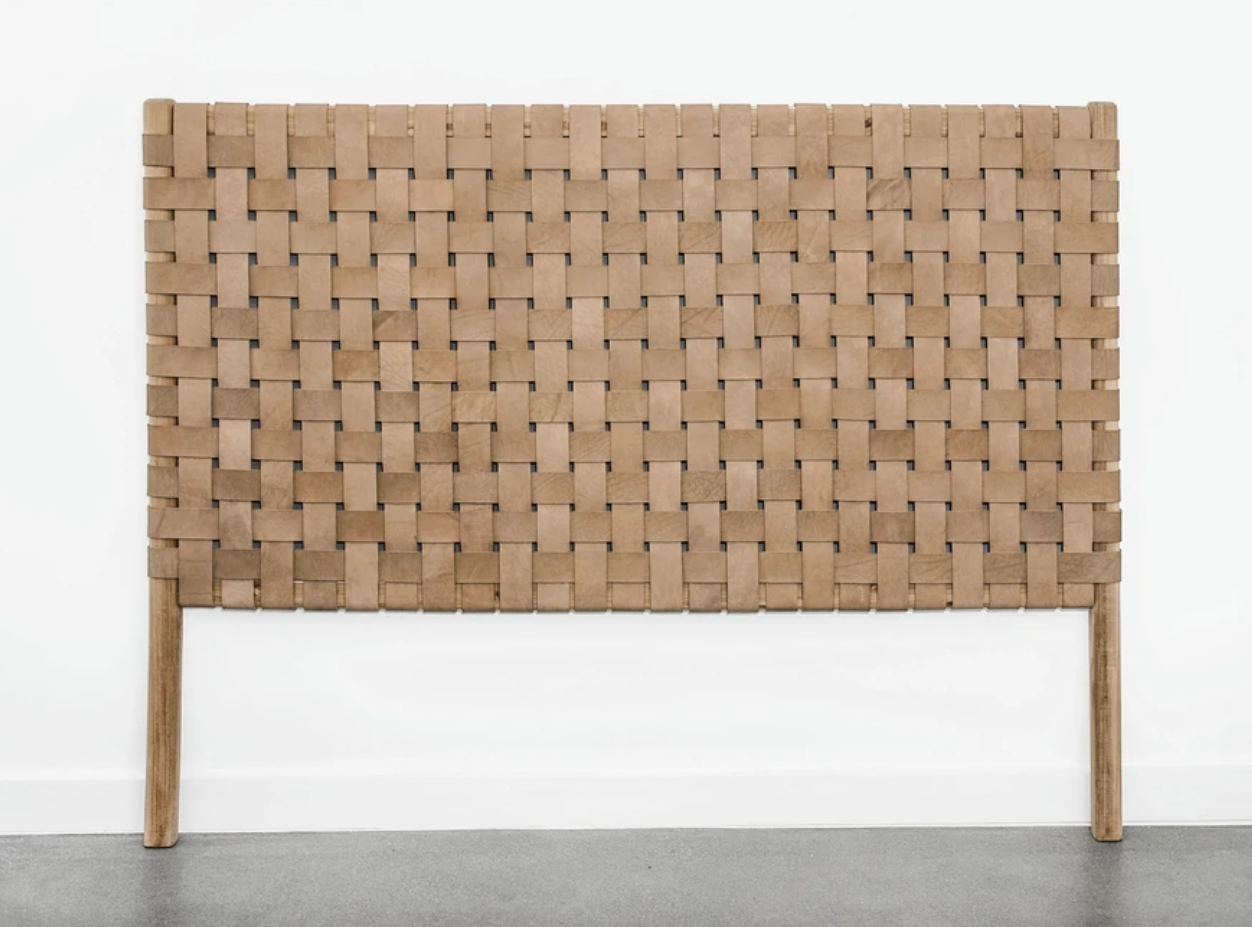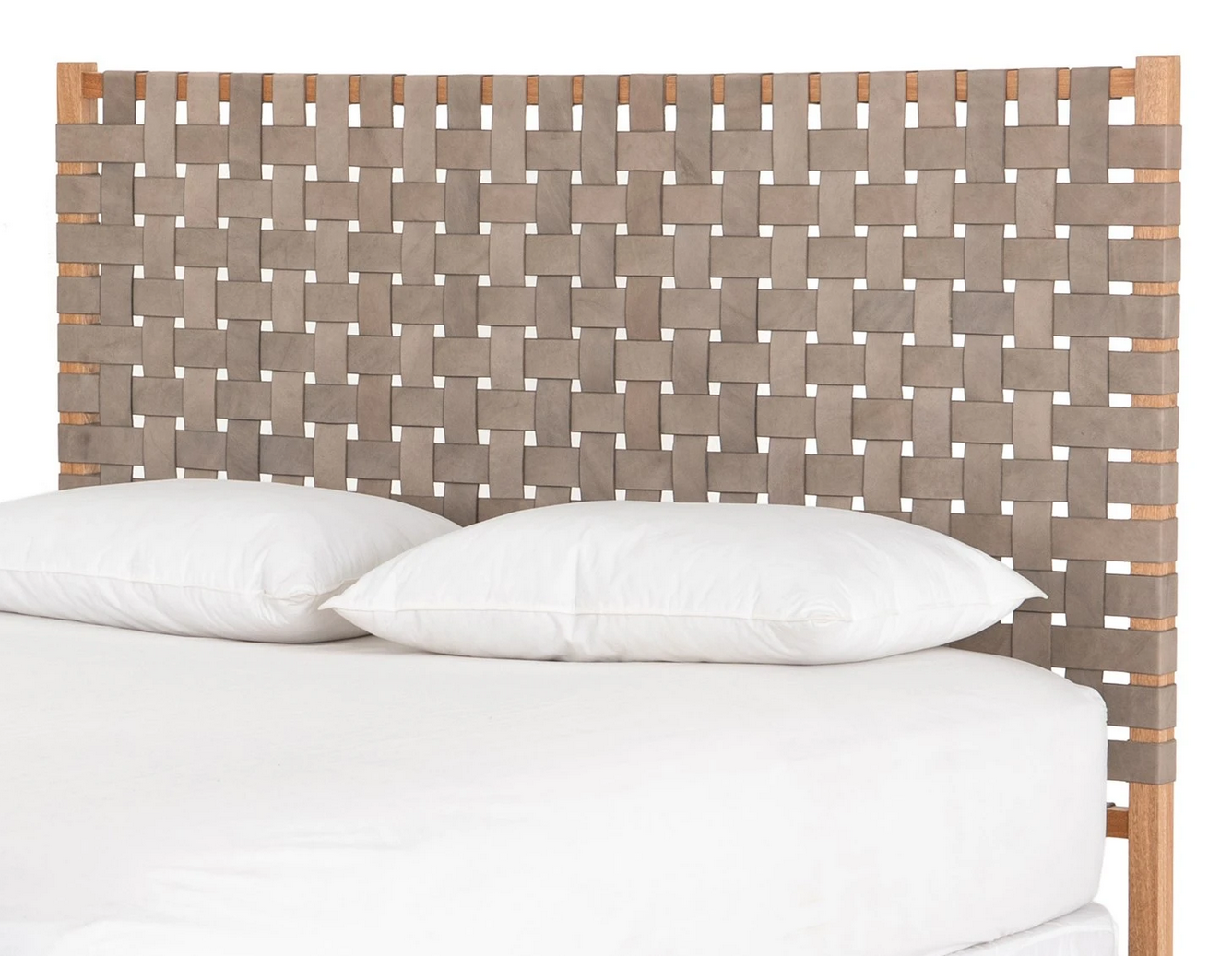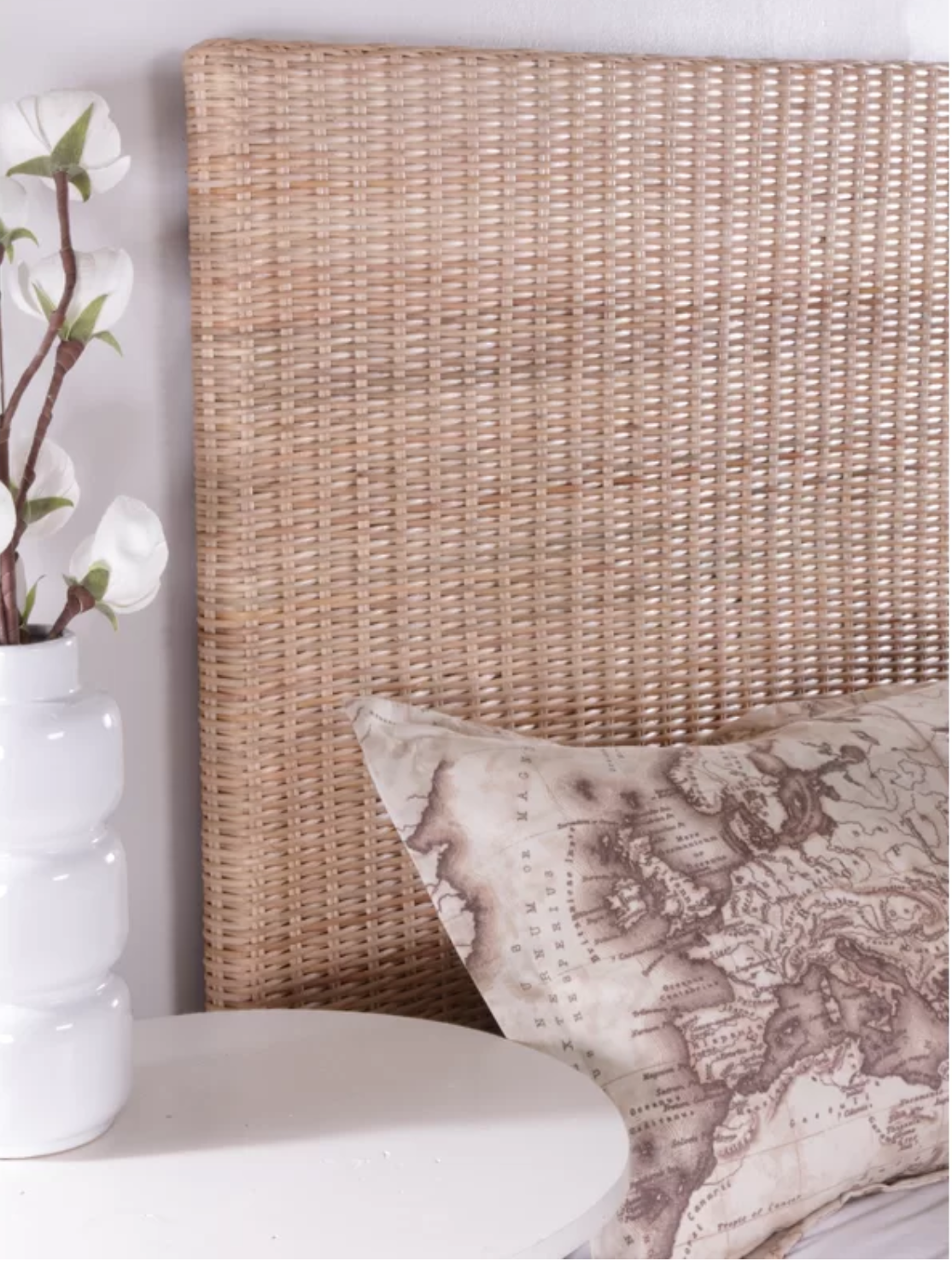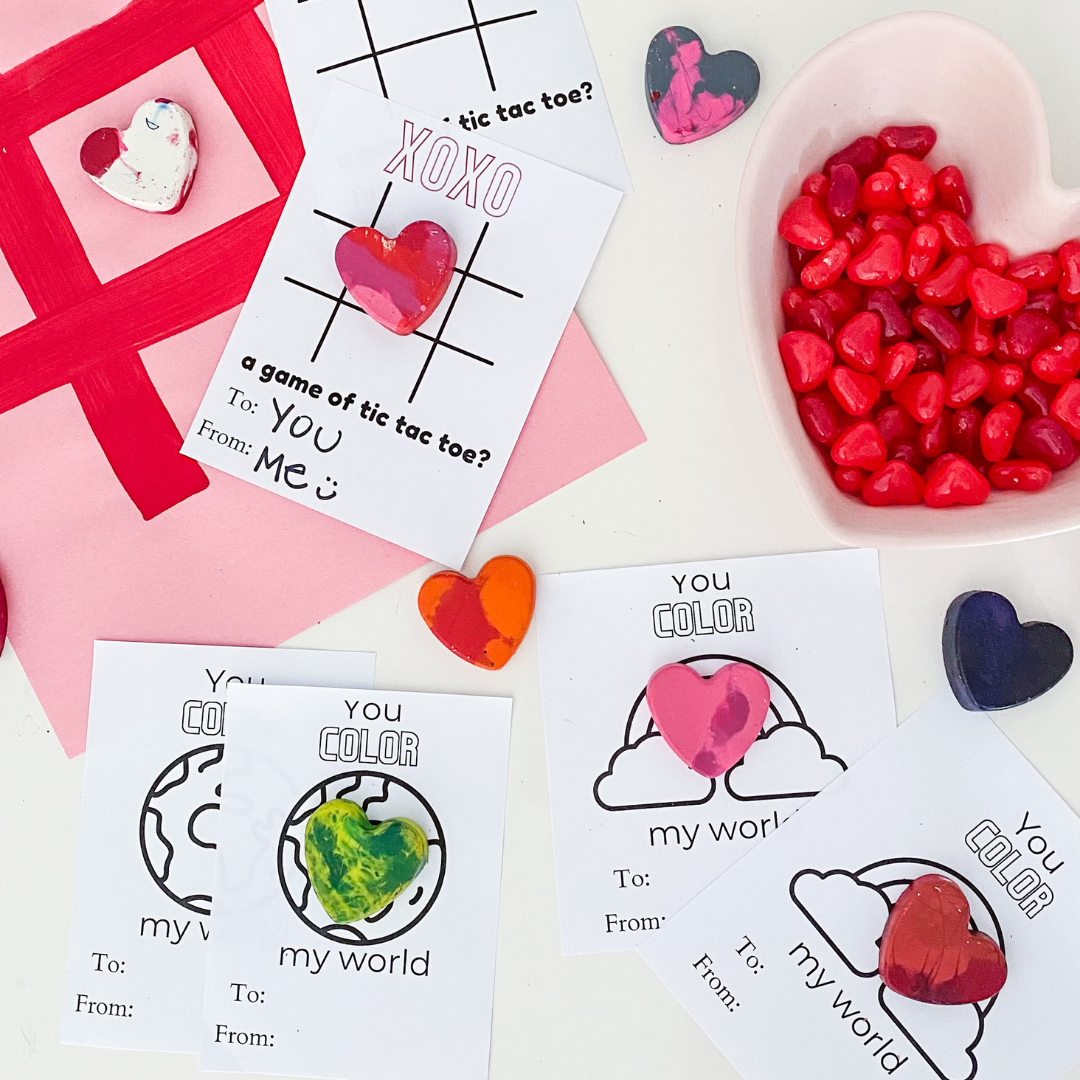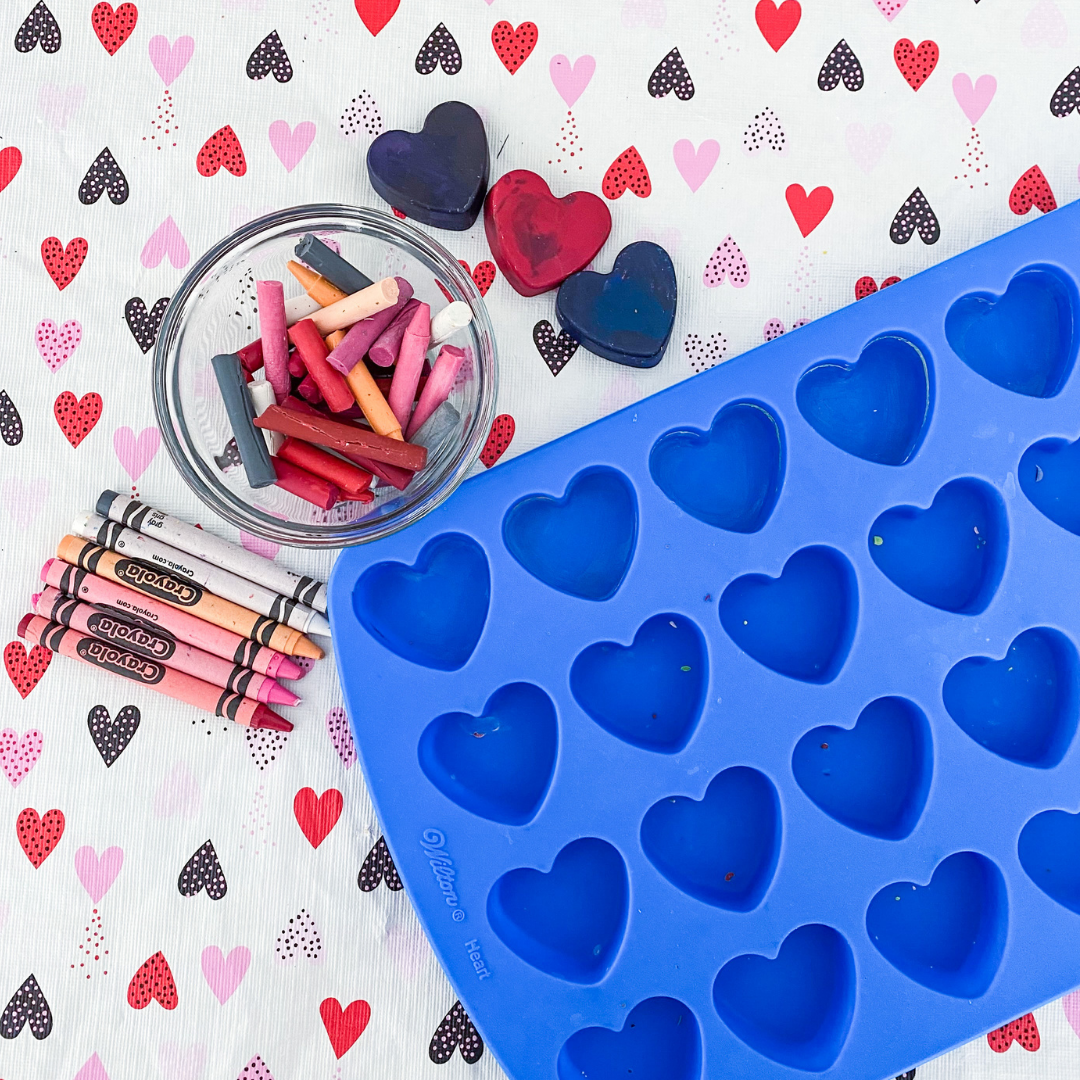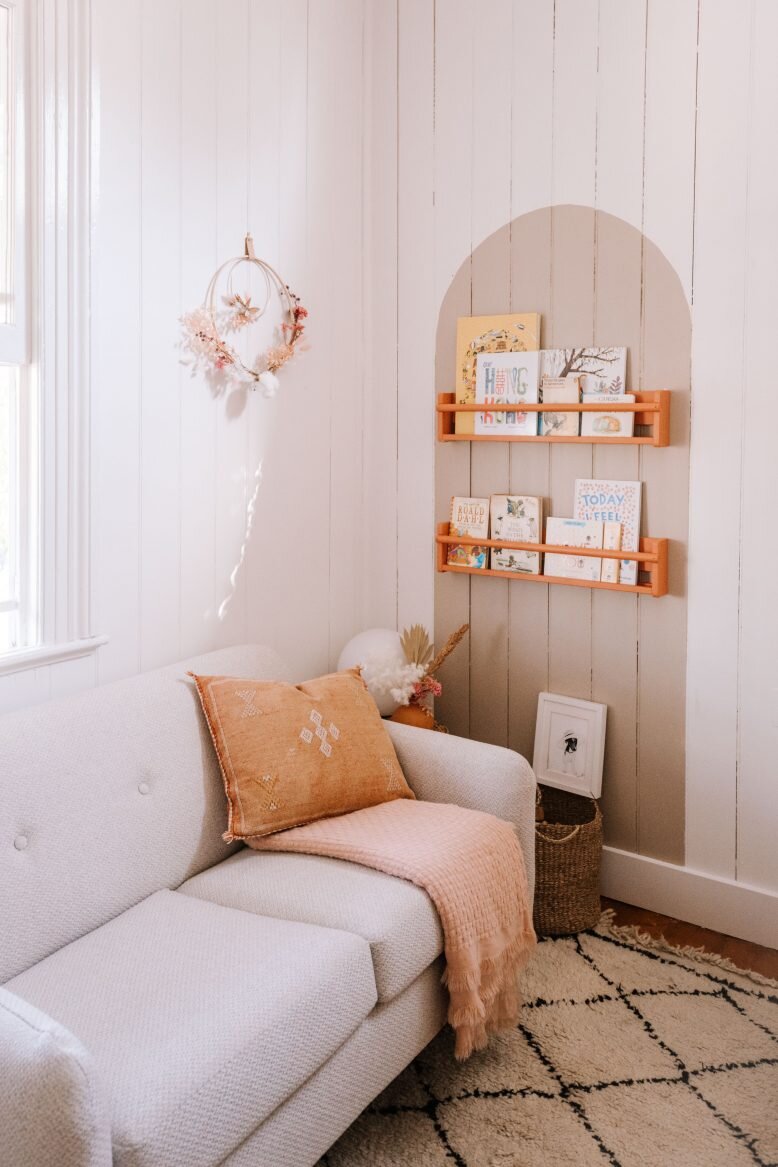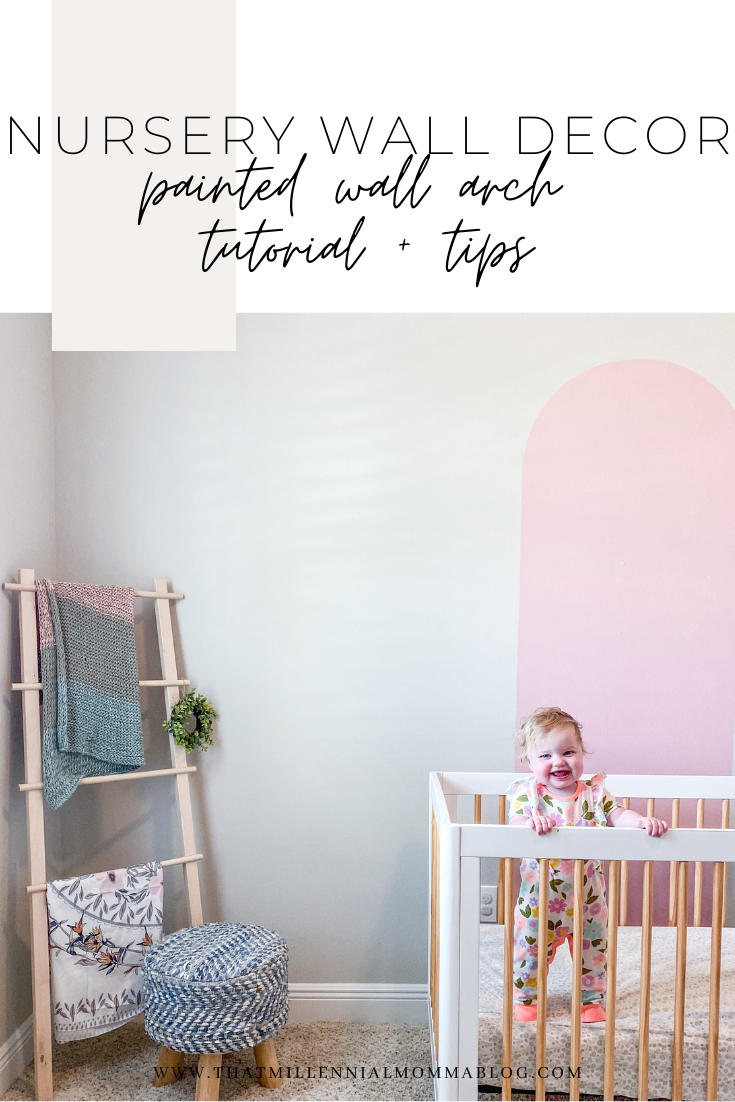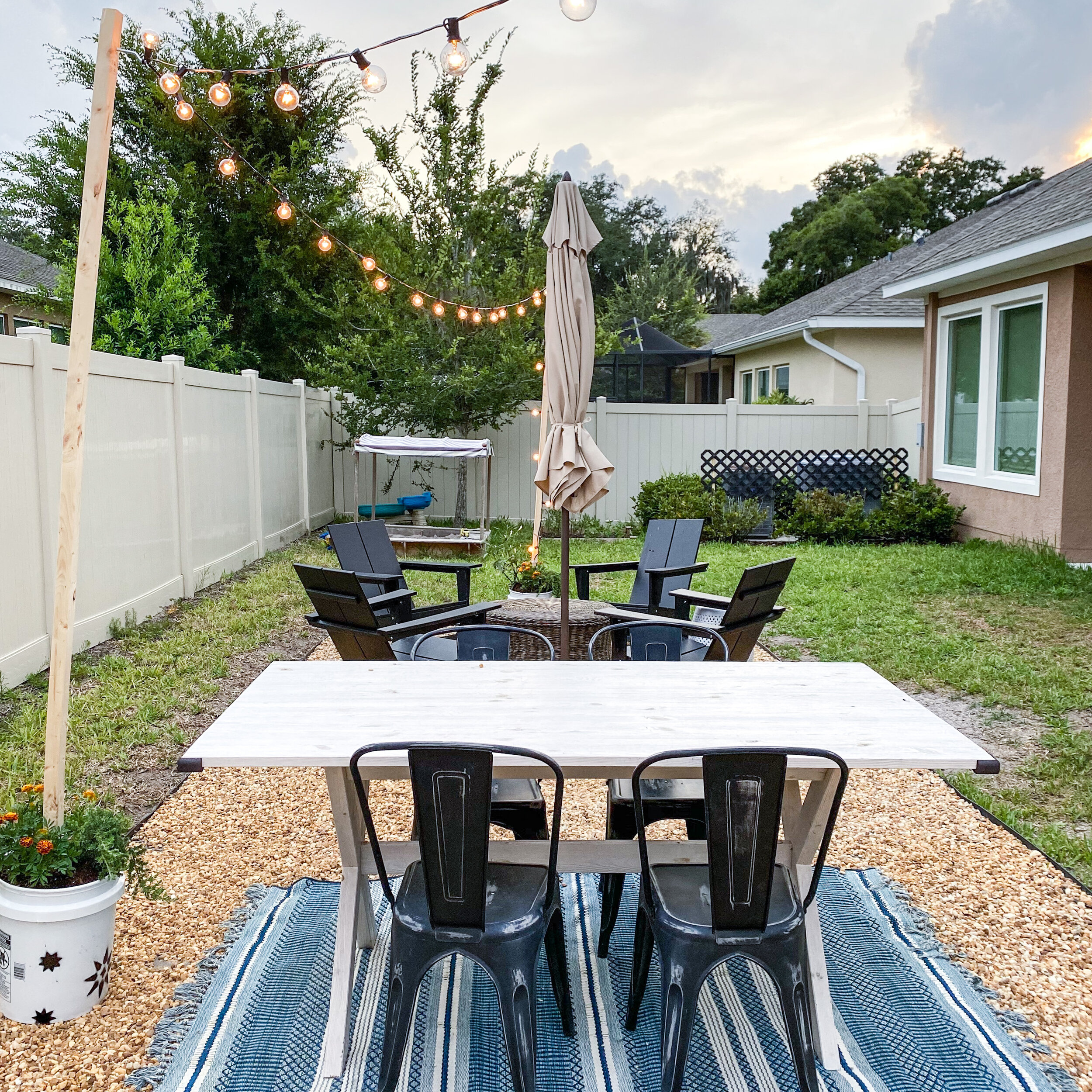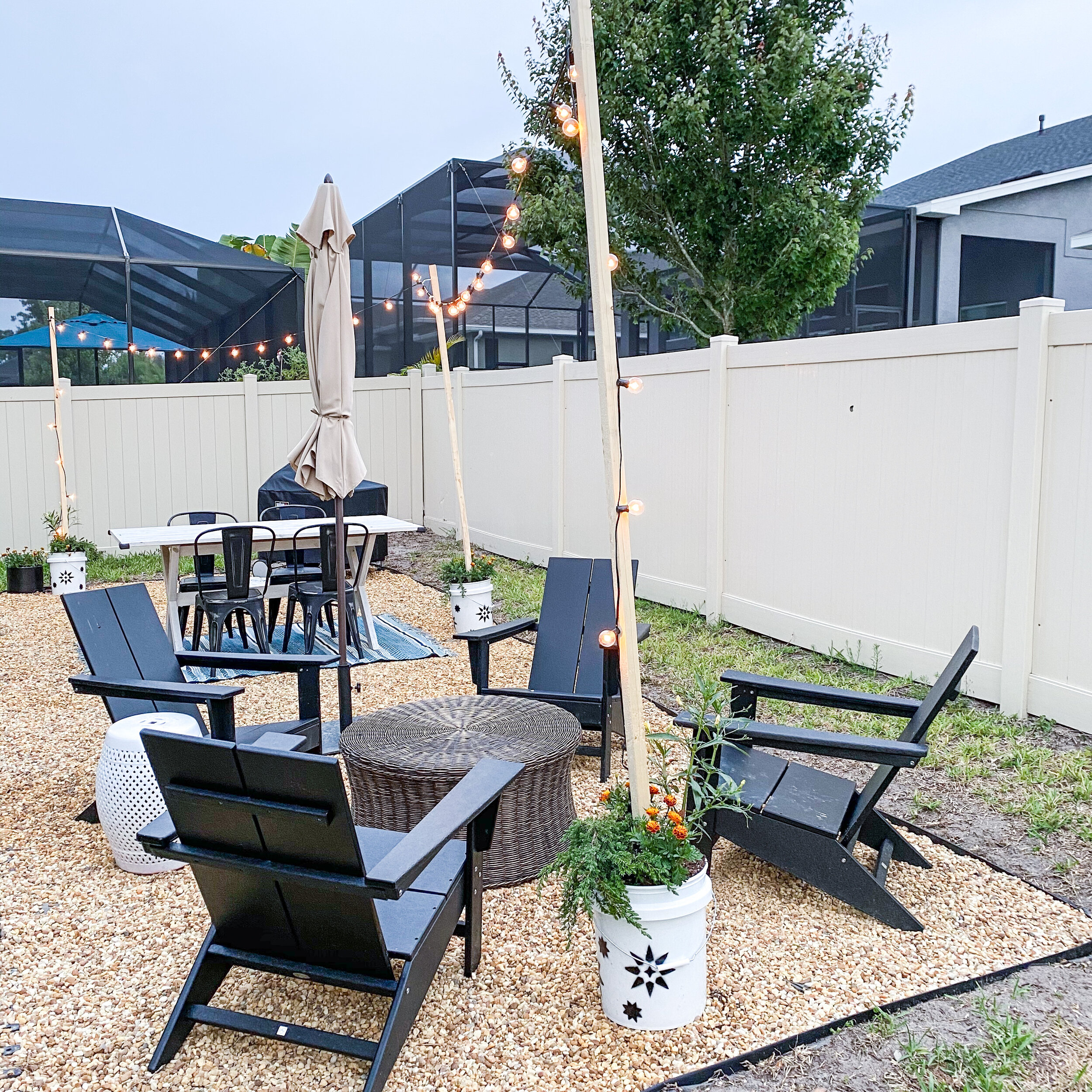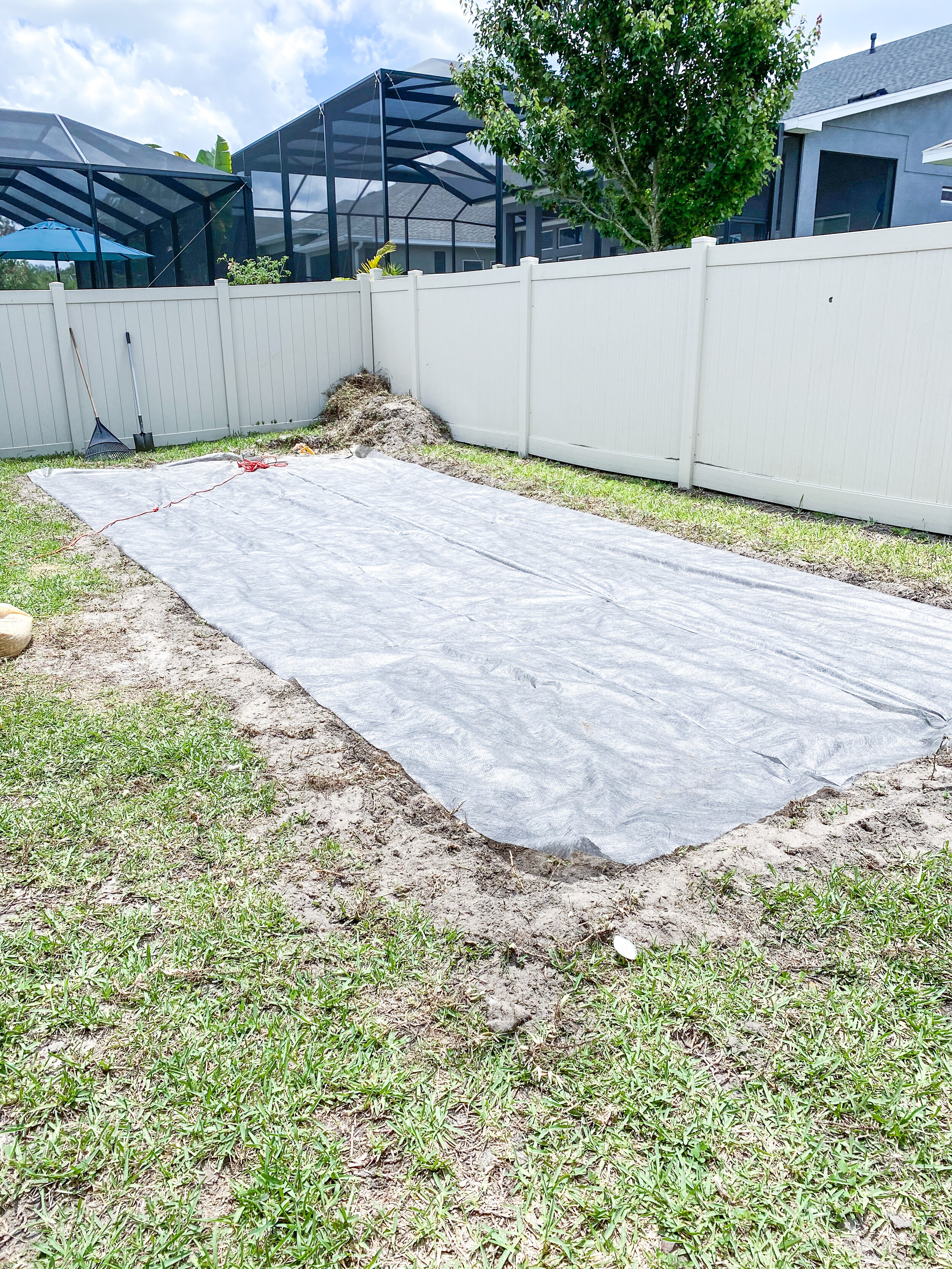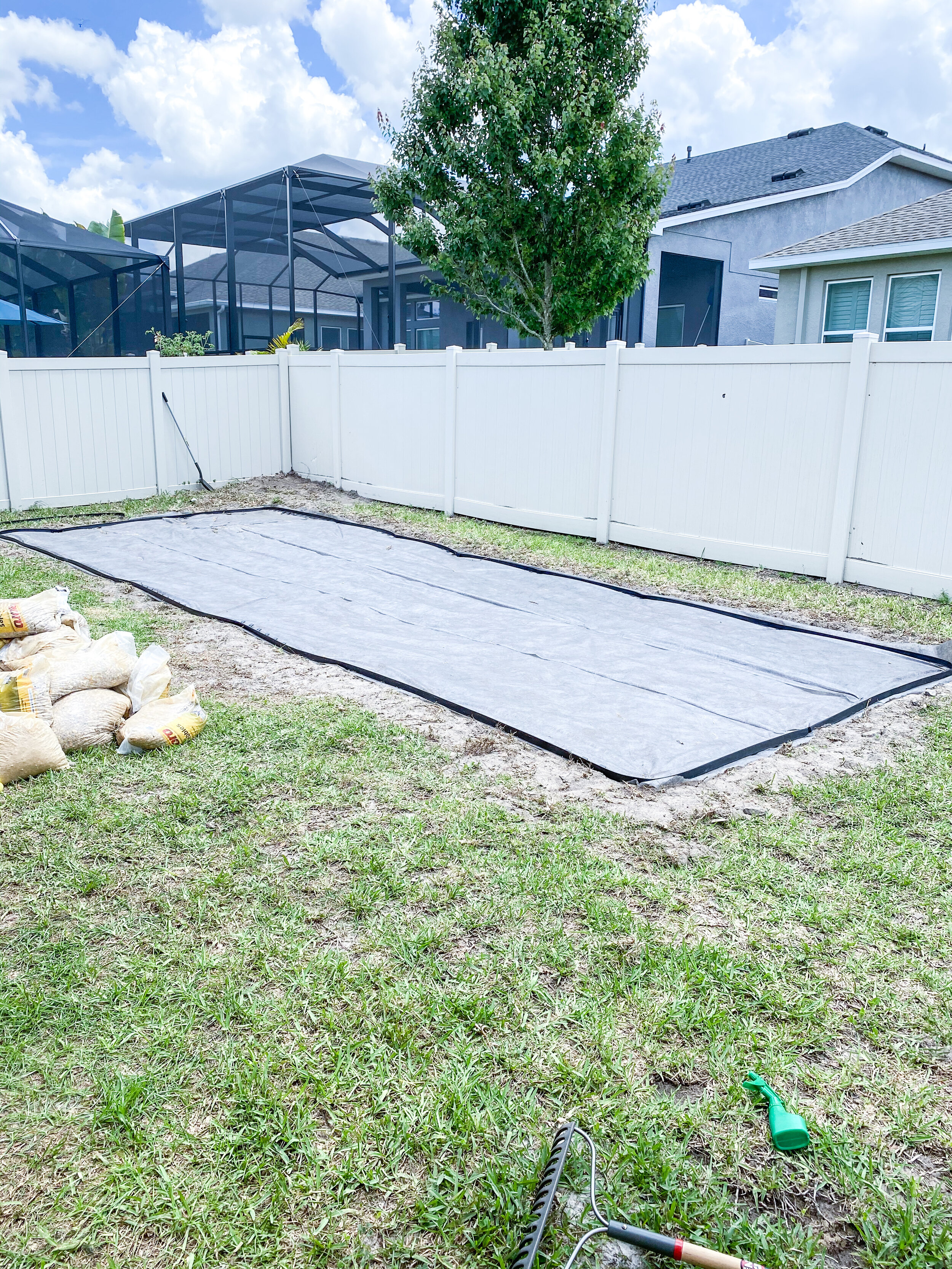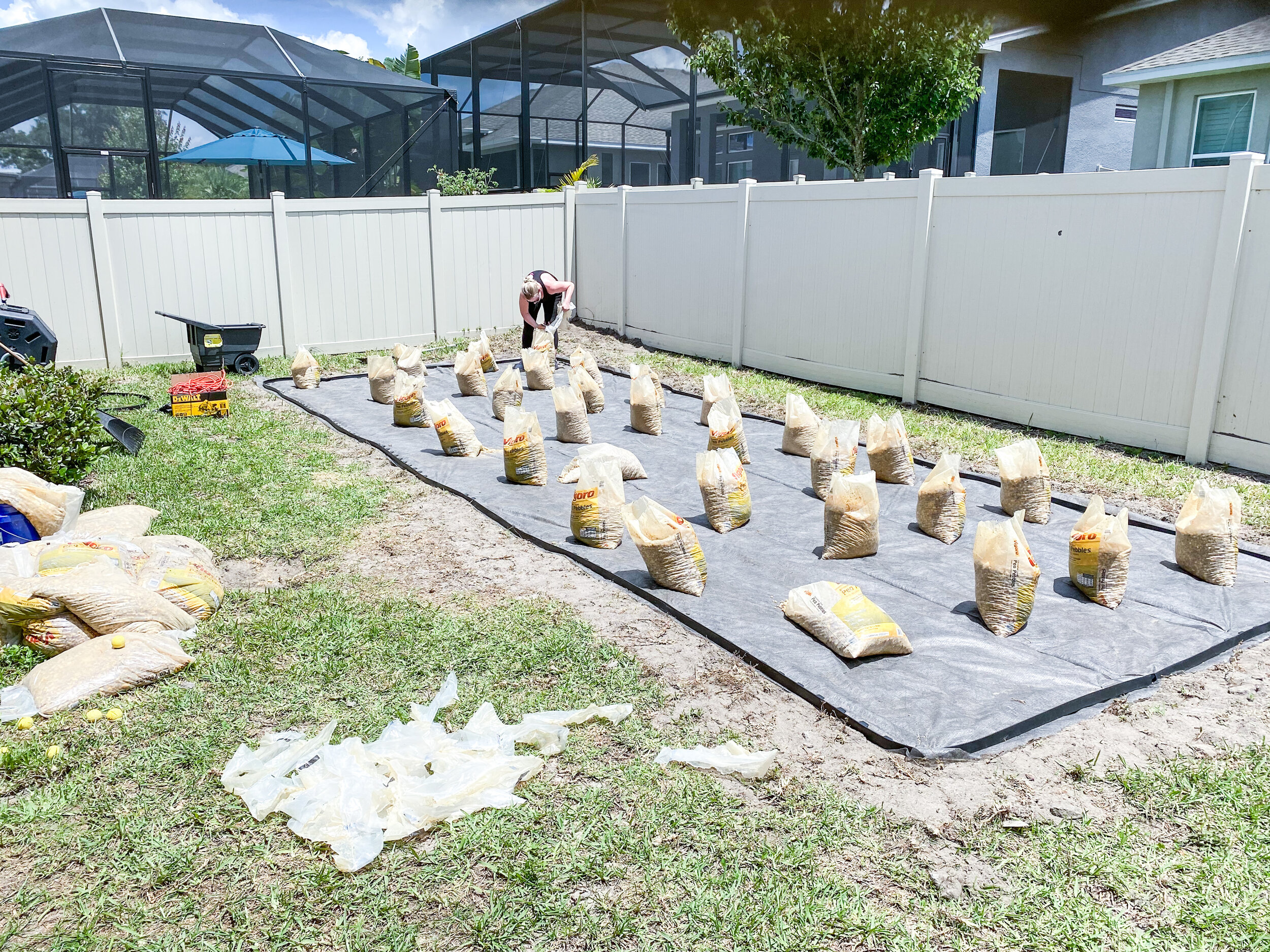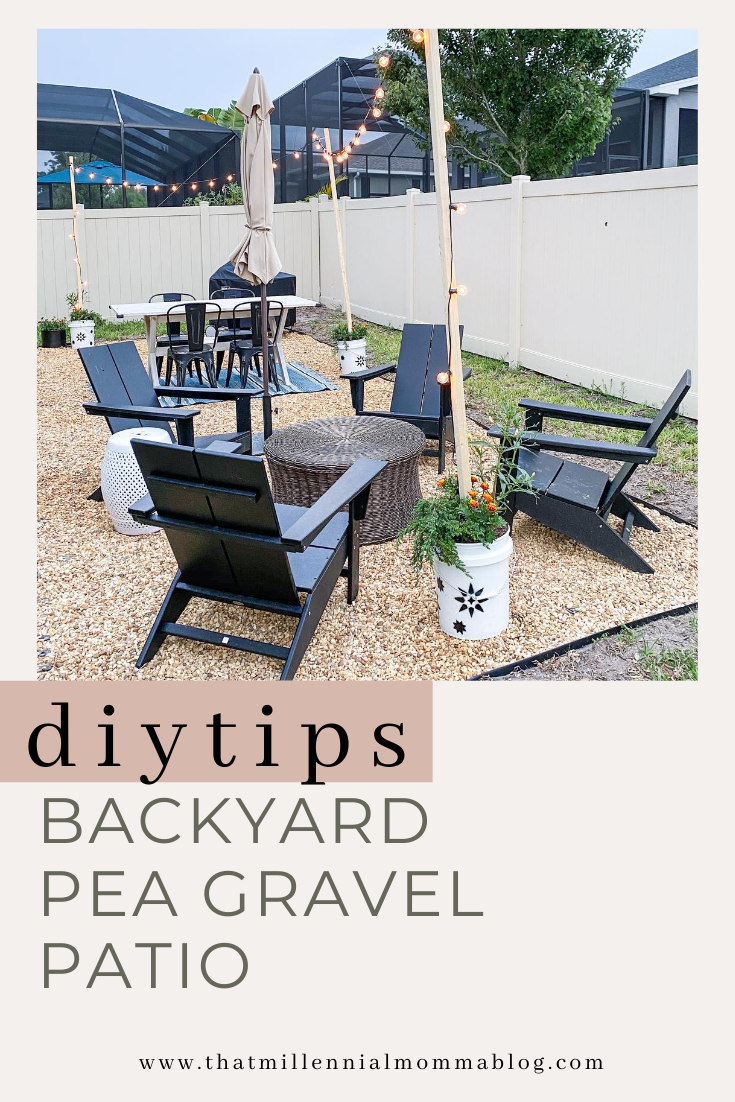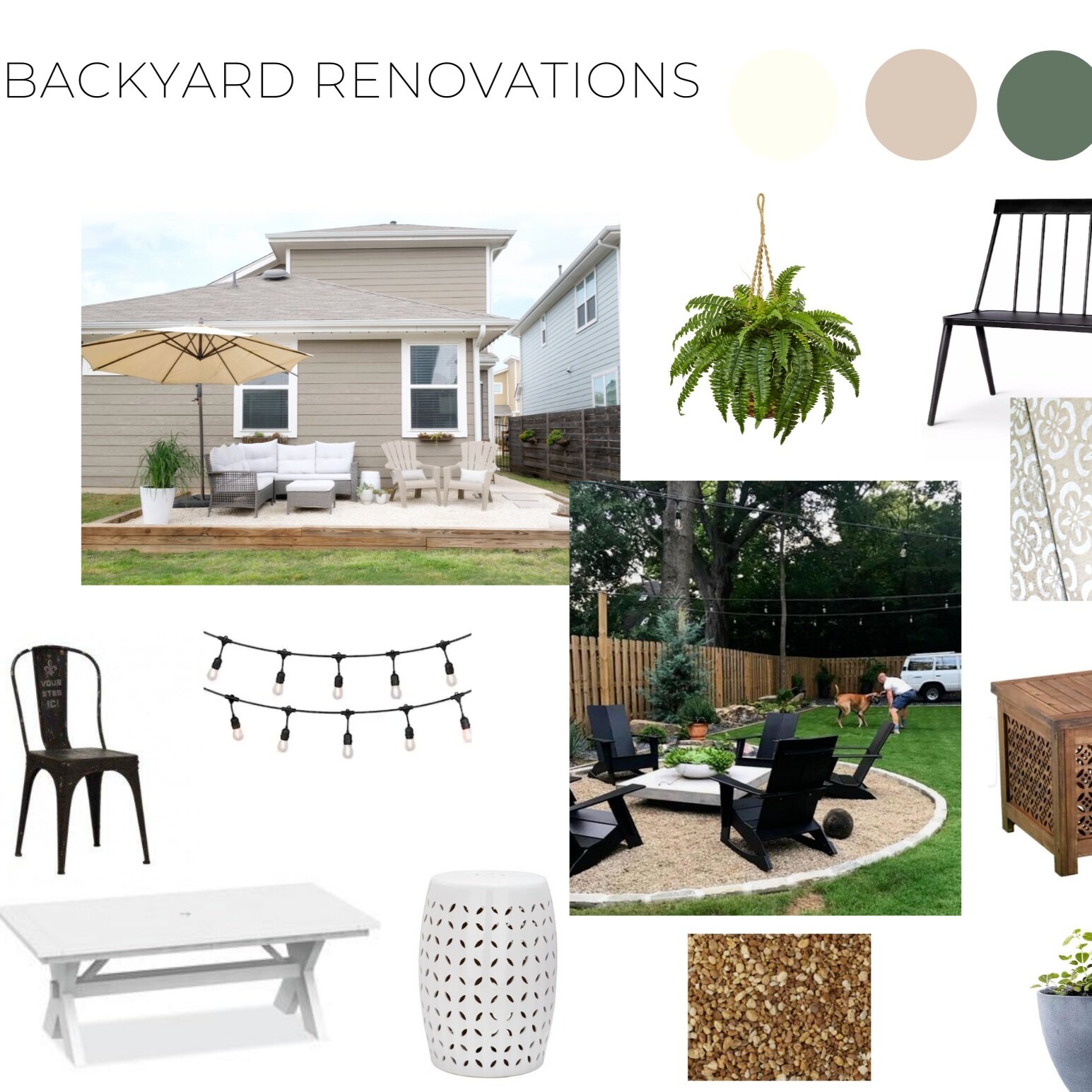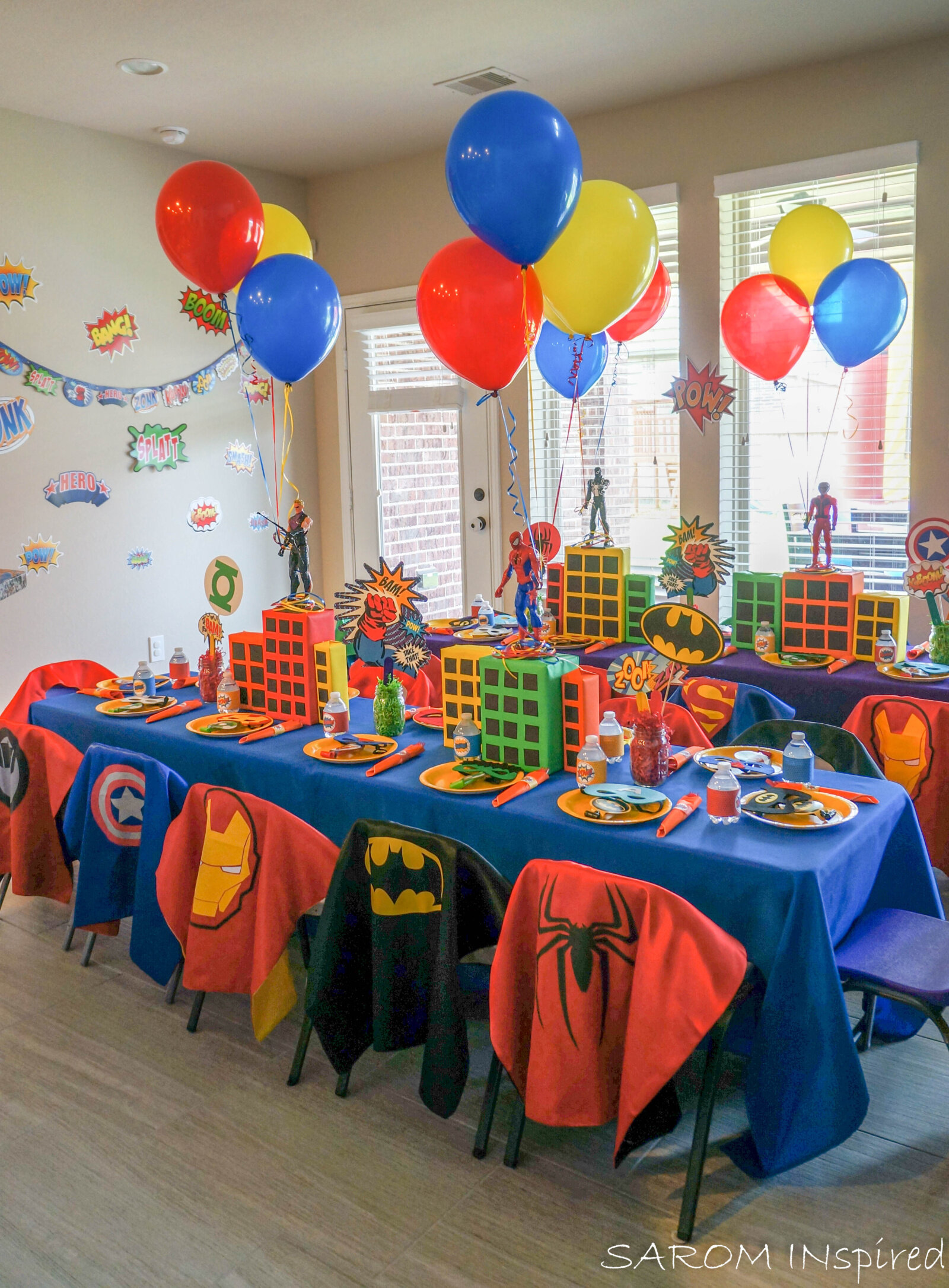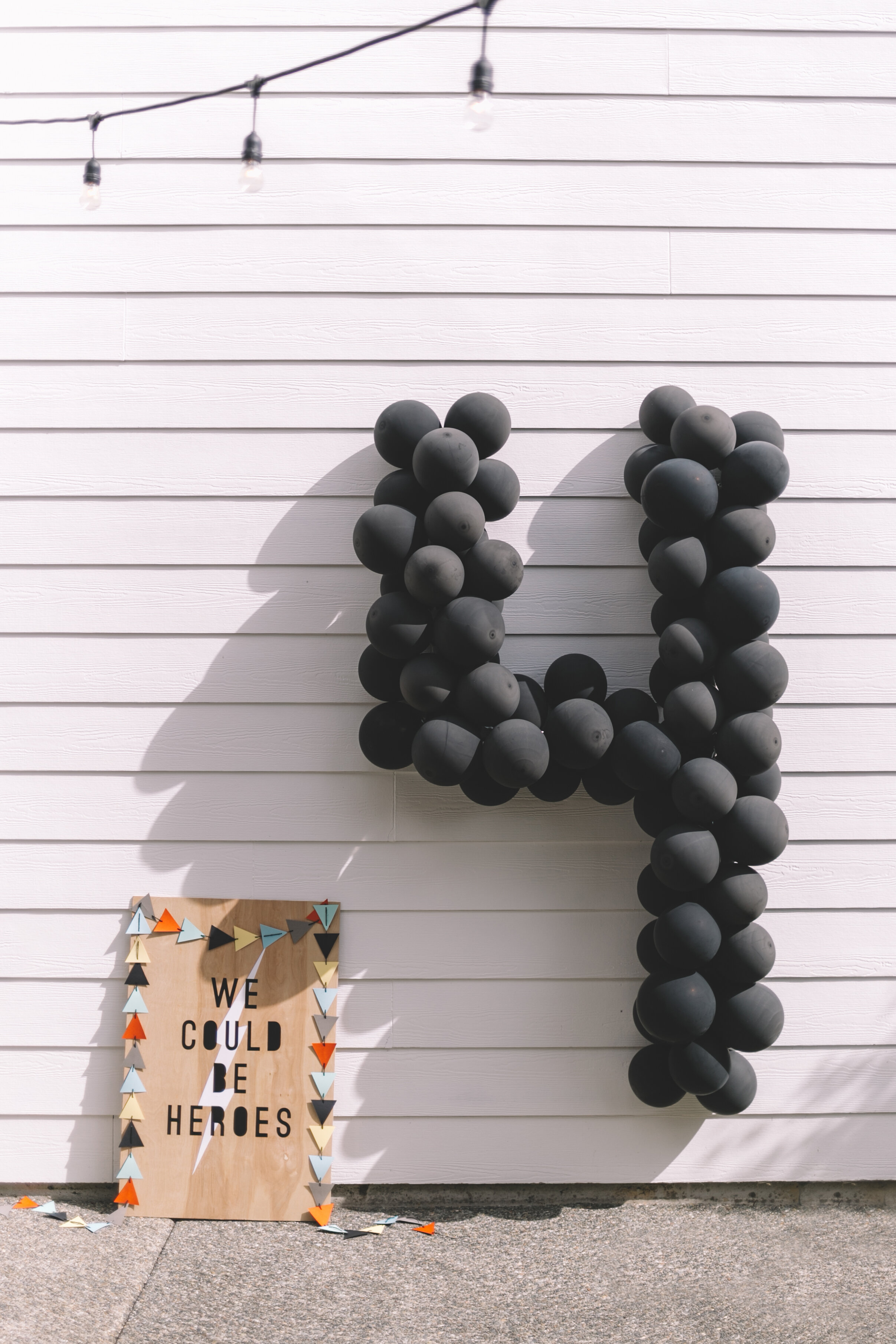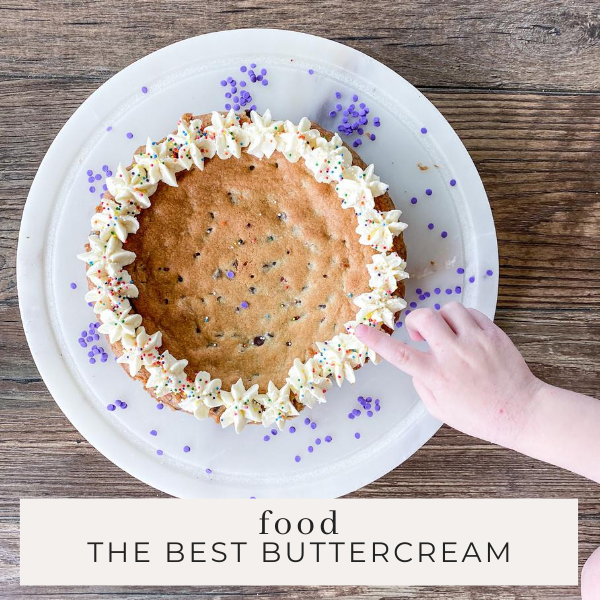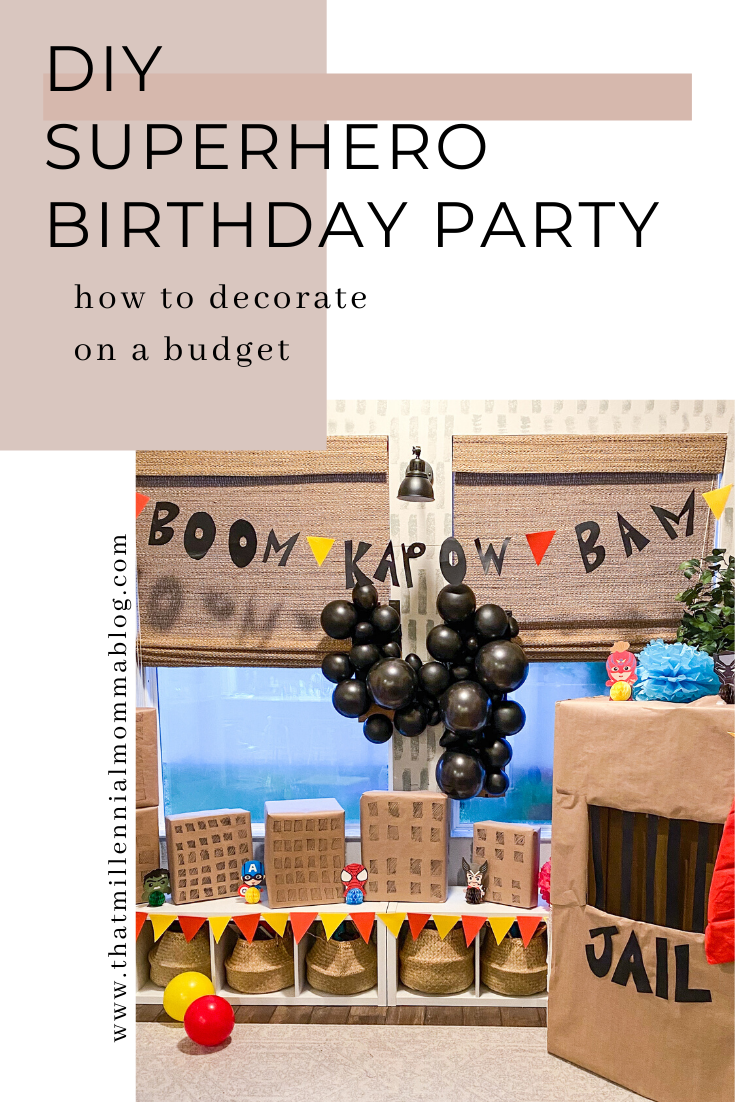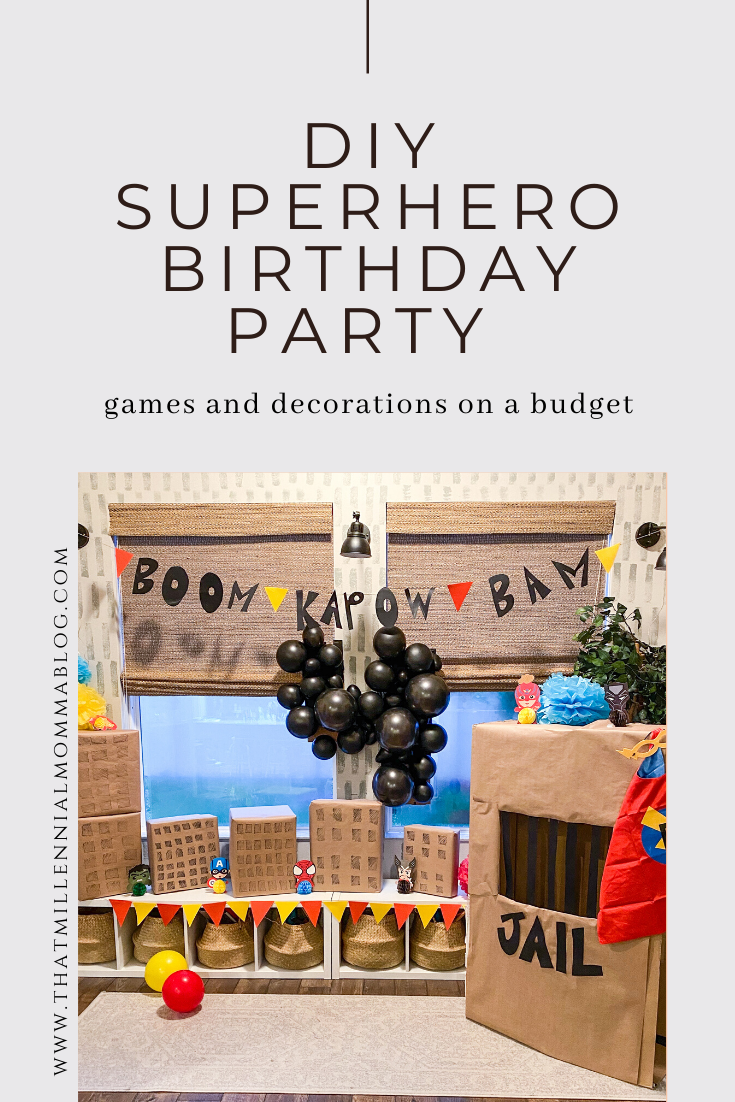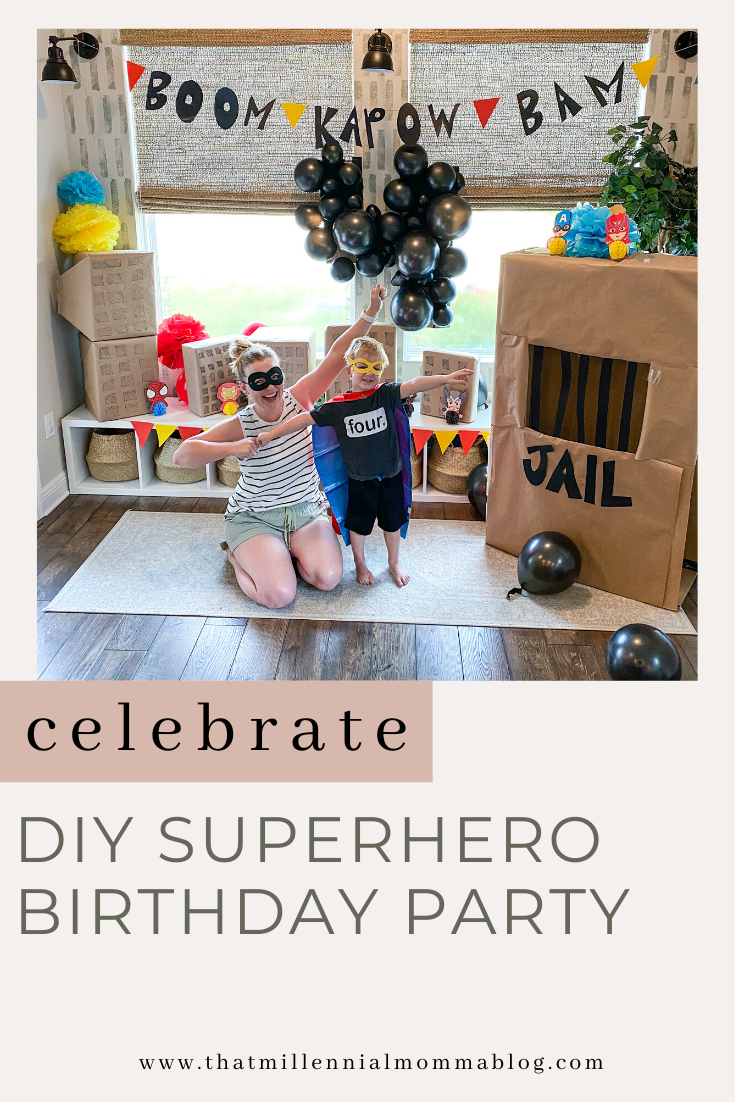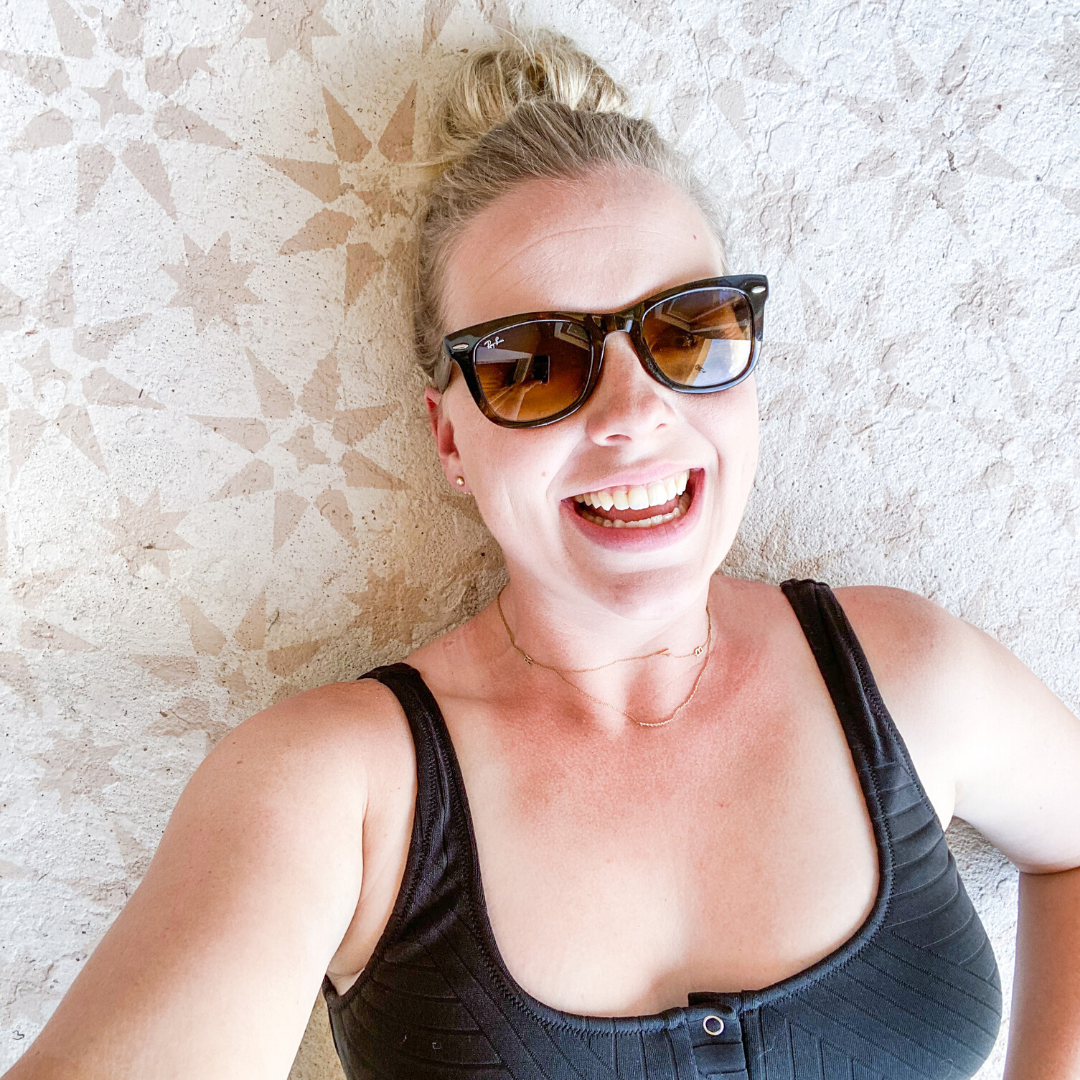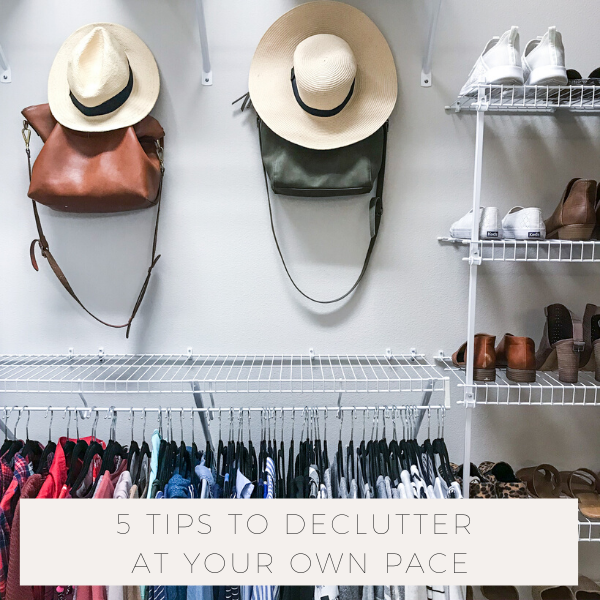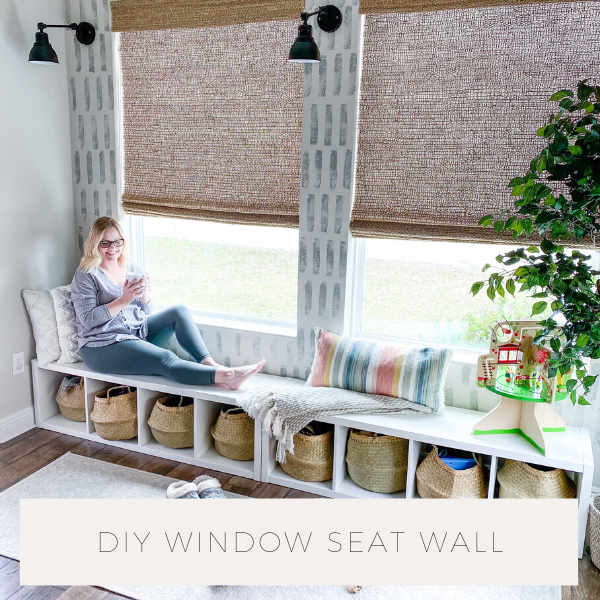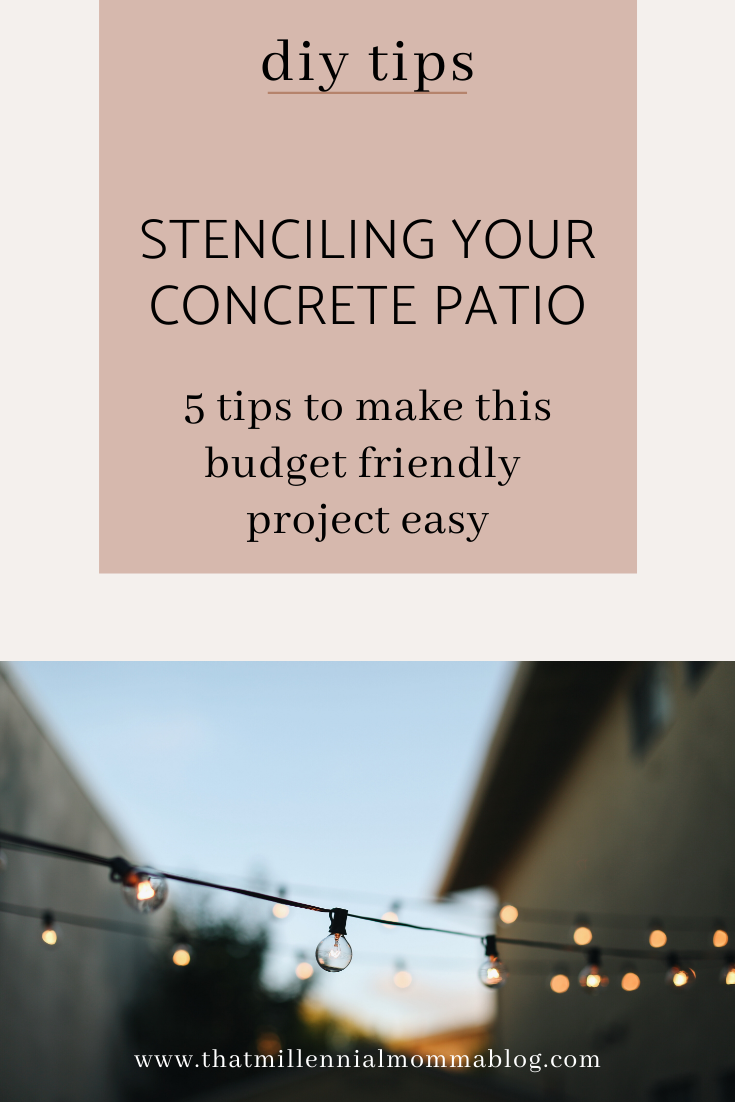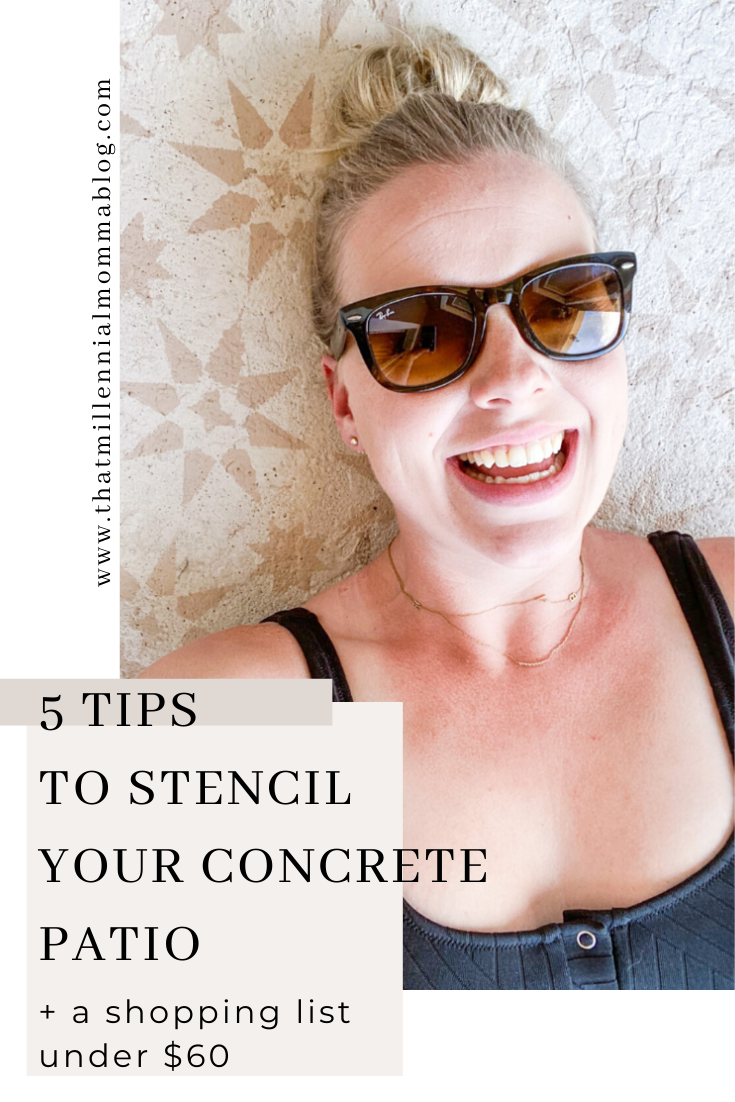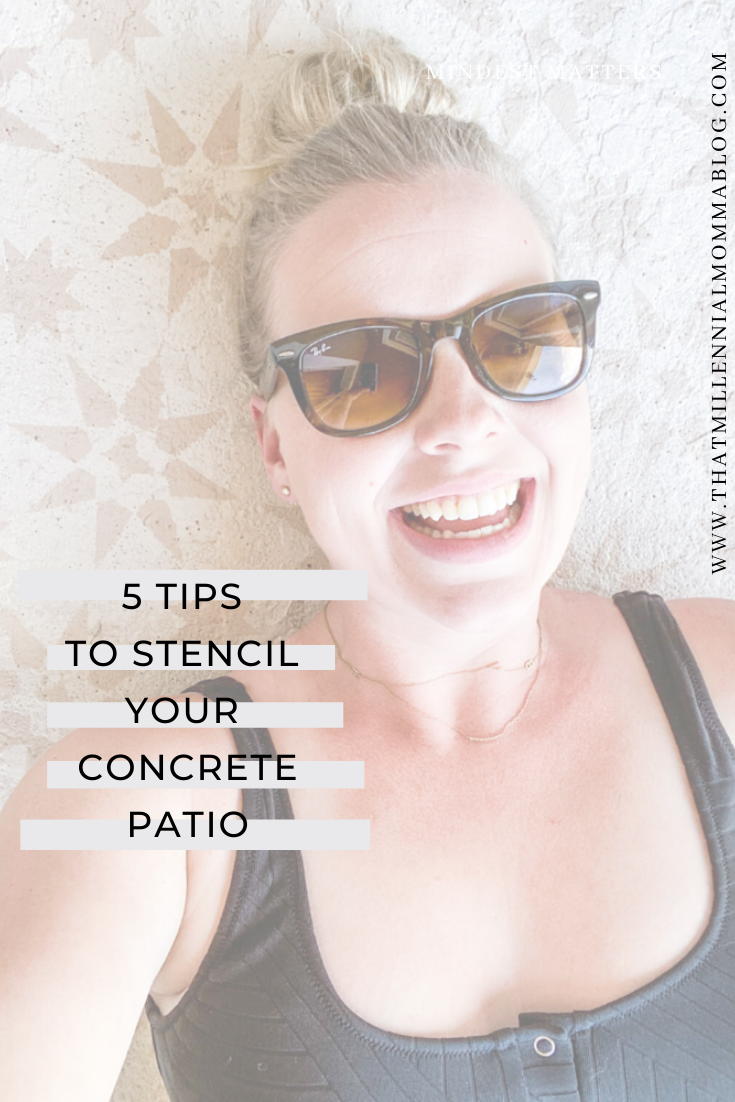Easy DIY Fireplace Makeover
/When we first moved into our new home, the biggest eye sores and the first thing that I knew needed updating were the fireplaces. The fireplace in the main level was manageable - just a tad too brassy. But the fireplace in the basement was a strange combo of gold and brass that burned my eyes. After some Pinteresting, I realized that a quick fix was only minutes away and under $10.
How to Update a Fireplace
Like I mentioned, this was an update that I knew I wanted to do quickly. However we JUST moved into this house and I am not 100% where the design of the whole house will eventually end up. I have ideas, but opting for a large scale update right now wasn’t in our best interest in design…or time.
But if you are in the market for a larger scale fireplace makeover, here are some of the fireplace makeover ideas that I came across.
How to Paint a Fireplace Surround
I quickly realized that painting the painfully brassy gold fireplace surround would be quick and easy, making this the perfect DIY for a mom who has to juggle working, carline, and naps. Here’s how I got the job done in one day.
High Heat Paint for Fireplace
The key thing in this easy fireplace DIY is the high heat paint for fireplaces. You cannot grab any sort of spray paint that you might have lying around the garage. This project requires a specific paint because…well the fireplace can produce high heat - genius!
I imagine that using a regular spray paint could result in (1) it melting and (2) it could produce some sort of toxic fumes. Don’t quote me on that, but just the thought that it might spew toxins into my home was enough to convince me to buy the good stuff.
There are several brands of high heat fireplace paints, as well as several styles. Initially, I planned to use the high heat paint from a can. I thought that would produce fewer fumes than spray paint. However, buying the canned version became difficult. It either took too long to arrive or was way overpriced.
So the neat freak in me had to take a backseat, and I ordered the high heat fireplace spray paint. The idea of spray painting inside was daunting for two reasons - fumes + spray getting all over the place. Here’s how I handled both of those.
Preparing Your Fireplace Surround
This is one of those projects where you spend the majority of your time preparing to spray paint the fireplace vs. actually spray painting the fireplace. And honestly, it makes a big difference.
The two things you need are likely already lying around your house - cardboard and newspaper. The newspaper will be taped to cover up all the surfaces that touch the fireplace surround - the glass and in my case the brick surrounding the surround. This was the most time consuming part.
I am not sure what this says about the construction of my fireplaces, but I was able to use cardboard between the fireplace surround and the brick. It took a little muscle, but I was able to shove that cardboard right in there, which created a pretty fool proof spray guard.
In addition, I also held a piece of cardboard between the brass surround and the brick as I spray painted as another spray guard.
Spray Paint Fumes
Once I opted for the spray paint, I knew the fumes were going to be an issue. There are two ways around this.
The first, and the one that I decided against, is likely safer - remove the fireplace surround. This was my original intent, but once I poked my head in my fireplace, I realized I didn’t want to mess with removing anything. I visualized finishing the spray painting and then not being able to get the doors back on.
The alternative is the newspaper-and-cardboard-keep-the-doors-on method. But this way requires spray painting indoors. Luck was on side because both fireplaces are near large doors. I waited for a nice day when I wouldn’t mind having the doors open while painting and drying.
In addition to proper ventiliation, I had a box fan in the room pushing the fumes out the open door. I grabbed this affordable box fan from Amazon to go with the AirFort that I got the kids for Christmas. It did the job perfectly.
Hot Tips
Alright, once you’ve got everything prepared - newspaper aligned, cardboard at the ready, box fan on + doors open, it’s time to do this thing. Here are some tips that made this work for me:
Thin layers
I didn’t degrease or really clean the surround like some tutorials recommend. That is likely the proper way to do this, but I had no issue with paint adhering to the surround. If you choose to be lazy like me, just make sure there is no dust or visible dirt on the surround.
Have a smaller handheld piece of cardboard that you use as a straight edge.
Open the doors slightly to start. That way you can spray the interior and exterior without smudging.

